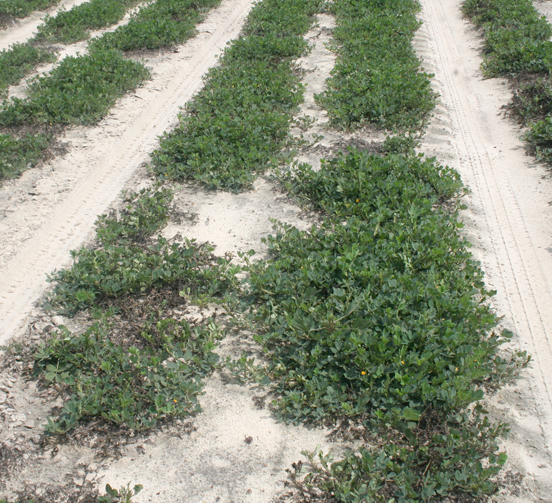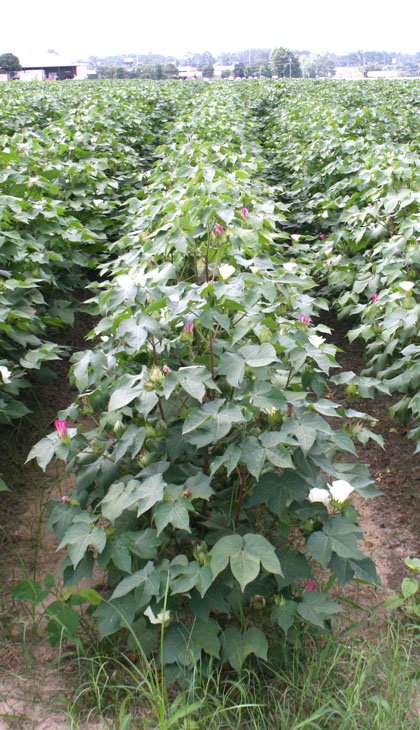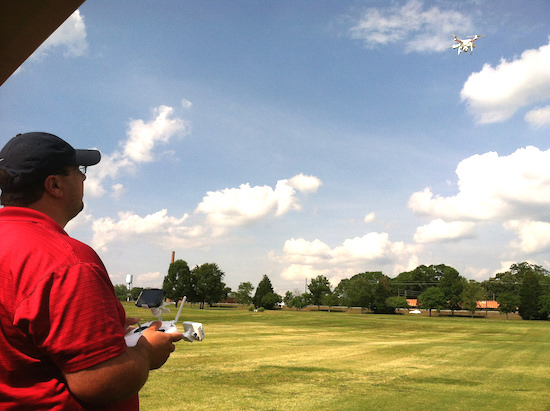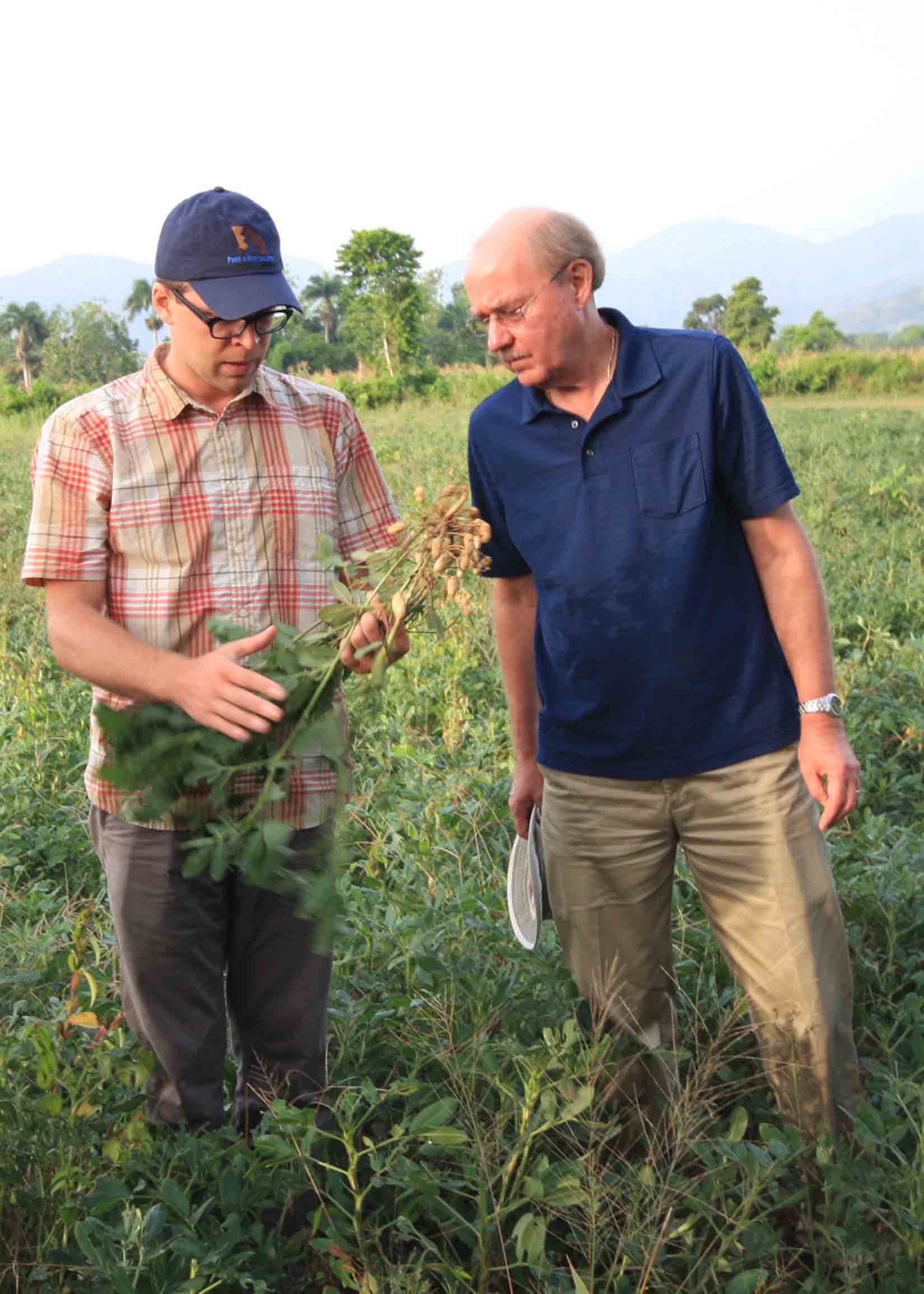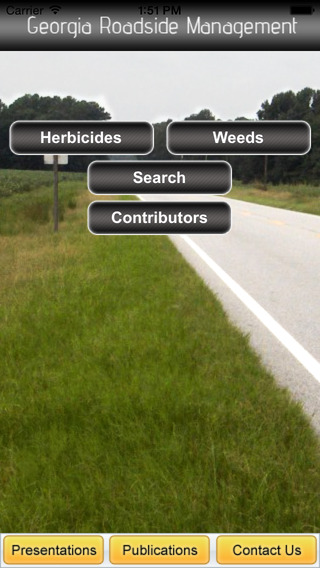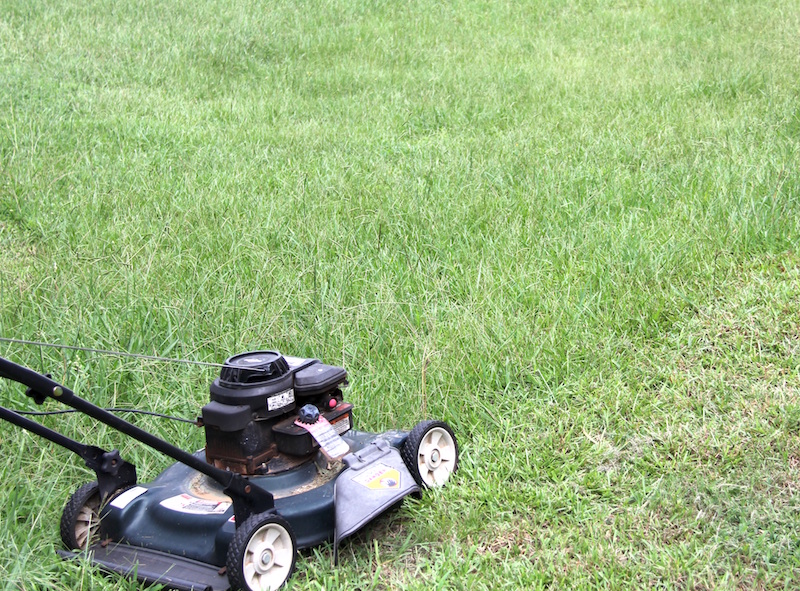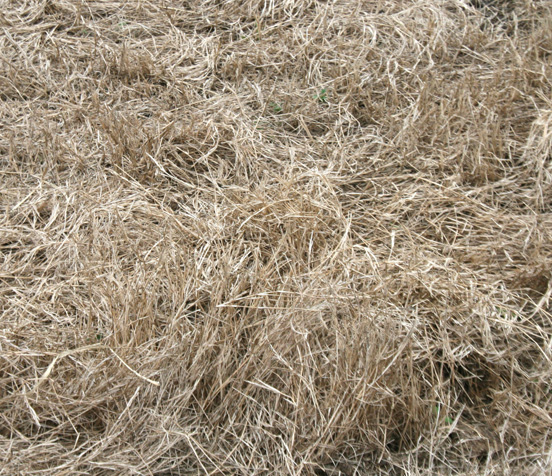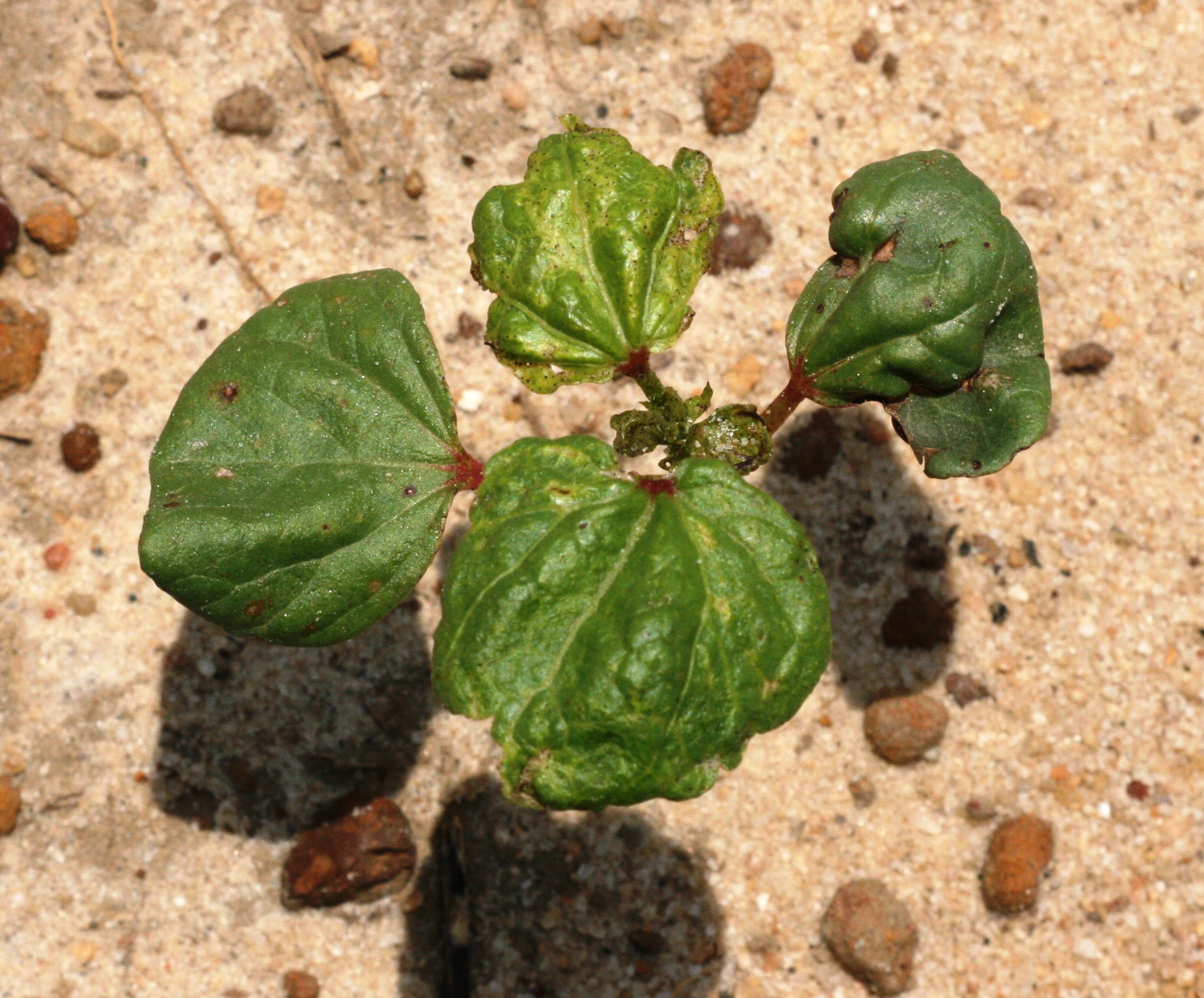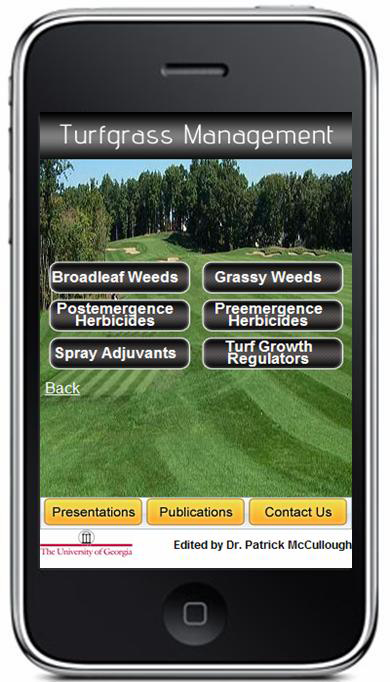 CAES News
CAES News
Lawn Care Apps
Summertime is synonymous with cooking outdoors, taking a dip in the pool and cranking up the lawn mower to begin the arduous task of caring for your home lawn. University of Georgia Cooperative Extension has made the task a little easier through a few mobile apps for Georgia homeowners and green industry professionals alike.

